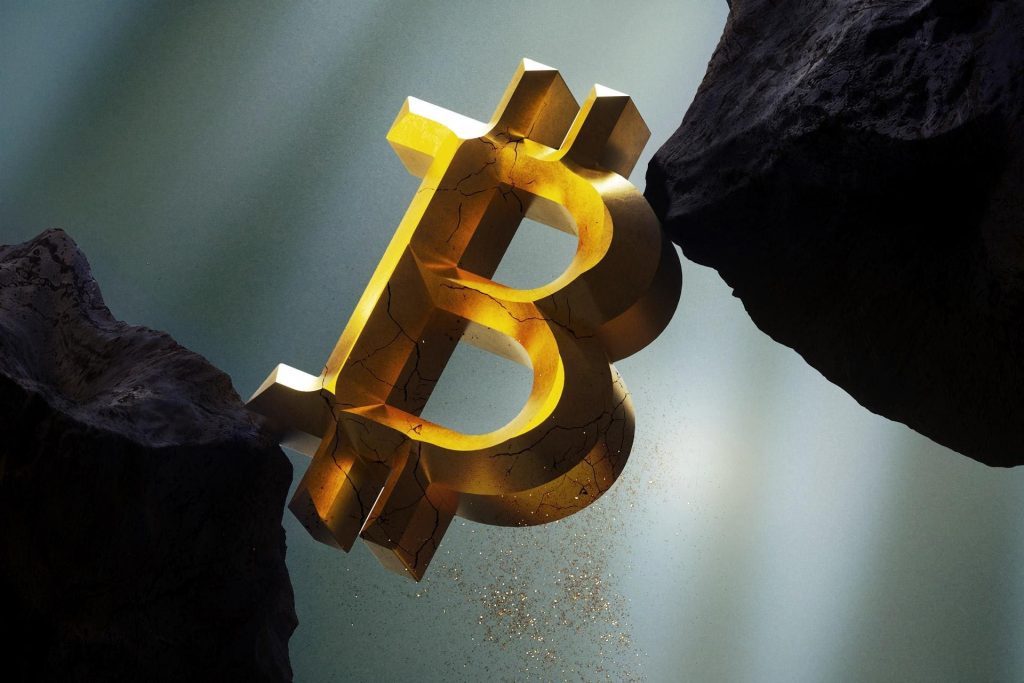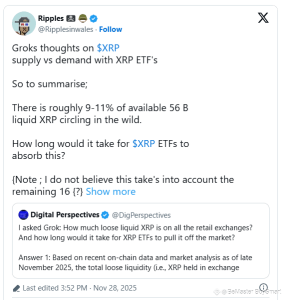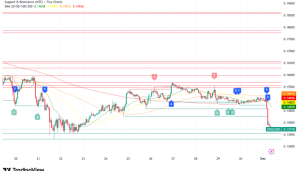Bitcoin Viewed as a Debasement Hedge Amid Gold’s Record Surge, Analysts Say

Bitcoin is increasingly being positioned by market analysts as a “debasement trade,” with investors seeking protection against fiat currency erosion, even as gold climbs to fresh record highs. Analysts argue that Bitcoin’s fixed supply and decentralized nature make it a natural complement to traditional hedges such as gold during periods of monetary expansion and geopolitical uncertainty. While gold continues to attract institutional and retail demand due to its historical safe-haven status, Bitcoin is emerging as a digital alternative for portfolio diversification, offering high liquidity and global accessibility in an era of rising inflationary pressures.
Gold Reaches New Heights
Gold has recently surged to record levels, reflecting continued investor demand for safe-haven assets amid inflation concerns and central bank monetary policies. Persistent global economic uncertainty, geopolitical tensions, and expansionary fiscal measures have reinforced gold’s appeal as a store of value. Its enduring reputation provides stability, particularly for institutional investors seeking a hedge against currency debasement.
Analysts note that while gold’s historical performance is unmatched during crisis periods, its physical nature and storage requirements pose limitations that digital assets like Bitcoin can address.
Bitcoin as a Debasement Hedge
Bitcoin’s capped supply of 21 million coins contrasts sharply with fiat currencies, which can be expanded at central banks’ discretion. This characteristic underpins its perception as a “debasement trade,” designed to protect investors against inflationary pressures and currency dilution.
Market observers highlight that Bitcoin shares several features with gold — scarcity, decentralization, and global acceptance — but offers additional benefits, including near-instant transferability and verifiable digital ownership. Analysts suggest that its growing adoption among institutional investors and corporations further strengthens its credibility as a hedge.
Complementary Roles in Portfolios
Rather than being mutually exclusive, gold and Bitcoin are increasingly viewed as complementary assets. While gold maintains its position as a traditional safe-haven, Bitcoin provides exposure to digital scarcity and decentralized finance trends. A balanced allocation allows investors to manage risks associated with currency debasement while capturing potential upside from the evolving crypto ecosystem.
Financial strategists recommend cautious allocation, emphasizing the importance of portfolio diversification, risk tolerance, and market timing. Bitcoin’s volatility remains high, and it continues to react sharply to macroeconomic news, making informed risk management essential.
Macro Drivers Supporting the Debasement Narrative
The current macroeconomic environment—characterized by low real yields, central bank balance sheet expansion, and geopolitical tensions—supports the narrative that both gold and Bitcoin can serve as debasement hedges. Analysts suggest that these conditions incentivize capital flows toward scarce and non-sovereign assets.
Moreover, the increasing integration of Bitcoin into institutional portfolios, alongside gold, signals growing market recognition of digital assets as a legitimate hedge in modern financial strategies.
Conclusion
As gold scales new records, Bitcoin continues to garner attention as a digital alternative to traditional hedges. Analysts maintain that both assets serve critical roles in protecting wealth against currency debasement and inflationary pressures. With gold offering historical stability and Bitcoin delivering digital scarcity and accessibility, investors have a broader toolkit to navigate uncertainty, hedge risk, and diversify portfolios in an era of monetary expansion and evolving financial landscapes.




